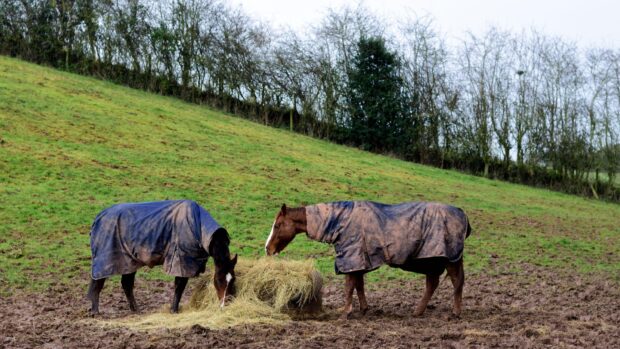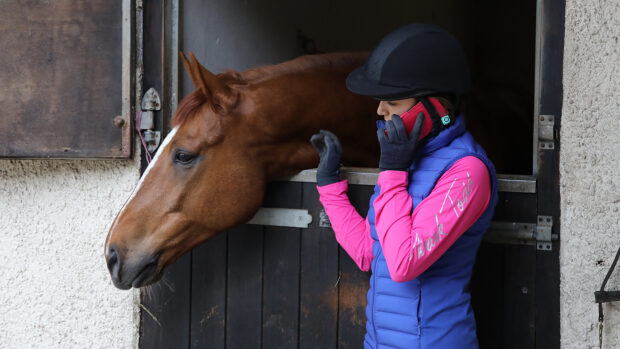With so many companies and policies to choose from, it’s hard to know where to start. Follow our top 10 points before taking out a policy :
Does your cover include public liability insurance? If you’re a gold member of the BHS, or a riding club member and are taking part in activities run by the organisation, youare already insured for public liability.
Some companies can offer insurance without liability cover, so you could spend the money you save on a higher level of veterinary cover.
Is the cost of travel to and livery fees at a veterinary hospital included in the policy? Most companies don’t include these so it’s worth shopping around for one that does, especially if you don’t have your own own box or lorry and would have to pay for commercial transport.
Does your policy exclude you from theft other than from your own premises?
Are long reining and ride and lead included in the activities list as covered?
If you keep your tack and rugs at home, they could be coveredby home insurance – make sure you are not paying out unnecessarily for cover for them.
Does your cover include retirement and economic slaughter under loss of use – you want to have both.
If a company is not prepared to disclose information, don’t use it.
Make sure you get anything agreed upon put in writing from the insurer.
When assessing market value, does the company go by age, breed, bloodline or ability?
For example, if you have a valuable horse that is getting on in years and your insurer puts age first, your estimate of the horse’s value may be higher than the insurers – in which case, the company may contest the value and be reluctant to pay out.
Is there a time-limit on cover for vet fees? It is worth noting that where vet fee cover may be for a limit of up to £5,000 per incident, the company you choose may include a clause which states that the horse is only covered for a limited period, such as one or two years for each incident. This means you may not reach the limit that is offered before the company can remove itself of the obligation.
For more information on choosing the best policy and other horse care advice, see the March issue of HORSE magazine, available in your newsagents NOW.
Looking for horse insurance? Try Horse & Hound’s insurance comparison service at horseandhound.co.uk/insurance
Click here to subscribe to HORSE magazine at a reduced rate andreceive your copy through your door every month.
Click here for more advice on finding the right equine insurer.



